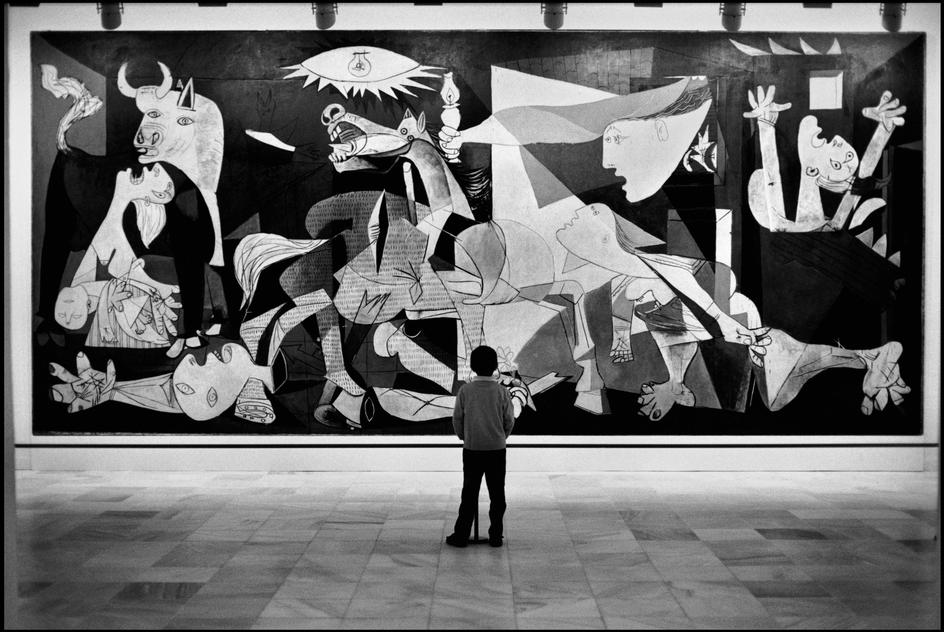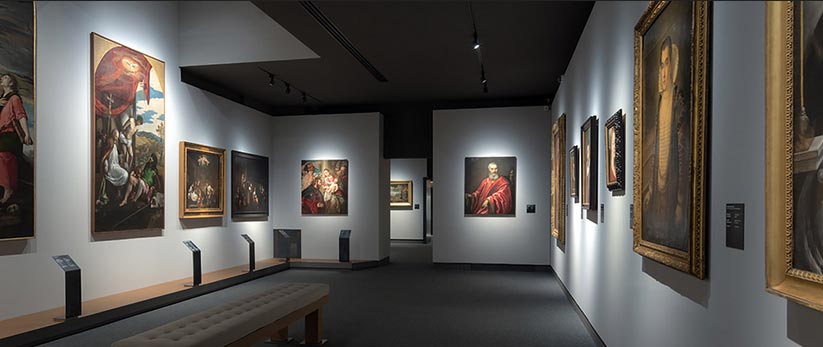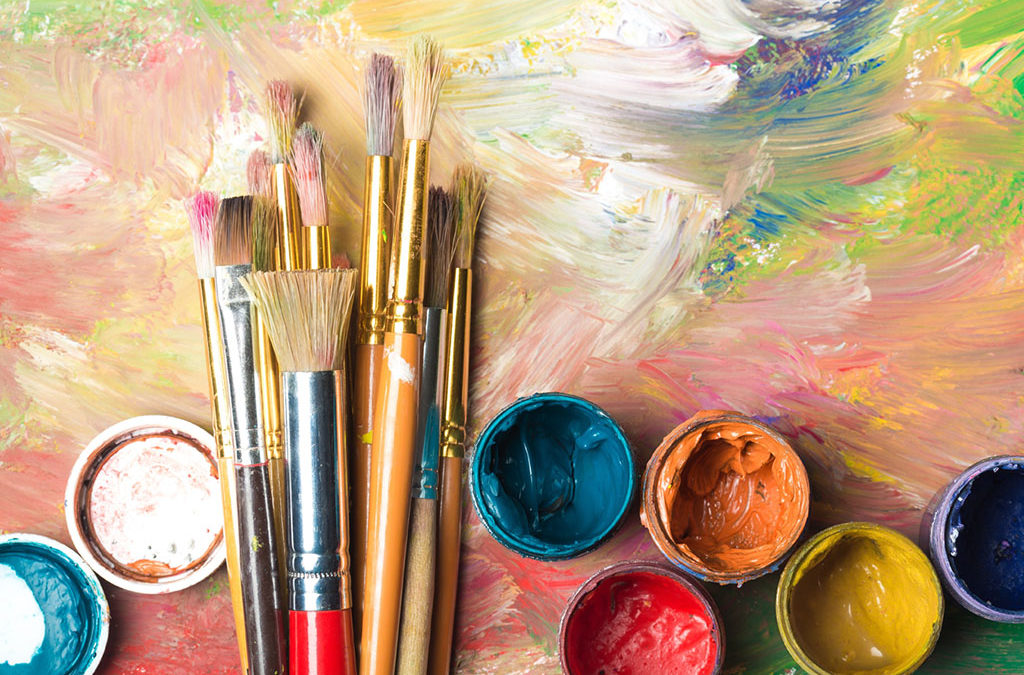Art Therapy: healing through art at Treviso’s Civic Museums
To the question what is meant by art therapy, beyond a few easy deductions, maybe few would be able to answer more completely.
Let’s try.
Art therapy is defined as “the set of techniques and methods that use artistic-creative activities as tools of helping the recovery and growth of the individual in his emotional, affective and relational sphere”, according to Google.

Courtesy of WorldPress
Art therapy was born between the 40s and 50s with the aim of helping war veterans in overcoming the traumas due to conflicts.
A person, looking a given image, through the guidance of a specialist (art therapist) assisted by psychologists or psychiatrists, can begin to process any violent experiences and, in the long run, be able to heal from them.
In Italy, the first real manifesto of art therapy was published in 1991 by Nicola Velotti thanks also to the collaboration of Camillo Capolongo.
The magic word within this process is certainly empathy: in other words, the ability to identify and deeply understand, in an immediate way, the emotions of another person. Art is exactly this and art therapy is essential for better decoding communication skills, recognizing one’s own emotions, identifying traumas and also sharing what comes out with other people, creating a listening community.
Recently, at the same time with the post Covid reopening, the civic museums of Treviso organized a series of free meetings curated by Sabina Ferro and Ilaria Simeoni, entitled “Art mirror of the soul”, focused on art therapy

Courtesy of Finestresullarte.info
There will be four appointments (19th and 26th February, 5th and 12th March) during which the participants, guided in the analysis of certain artworks, will be able to “use” them as a mirror.
In this way, art becomes the spokeperson and the interpreter of each individual.

